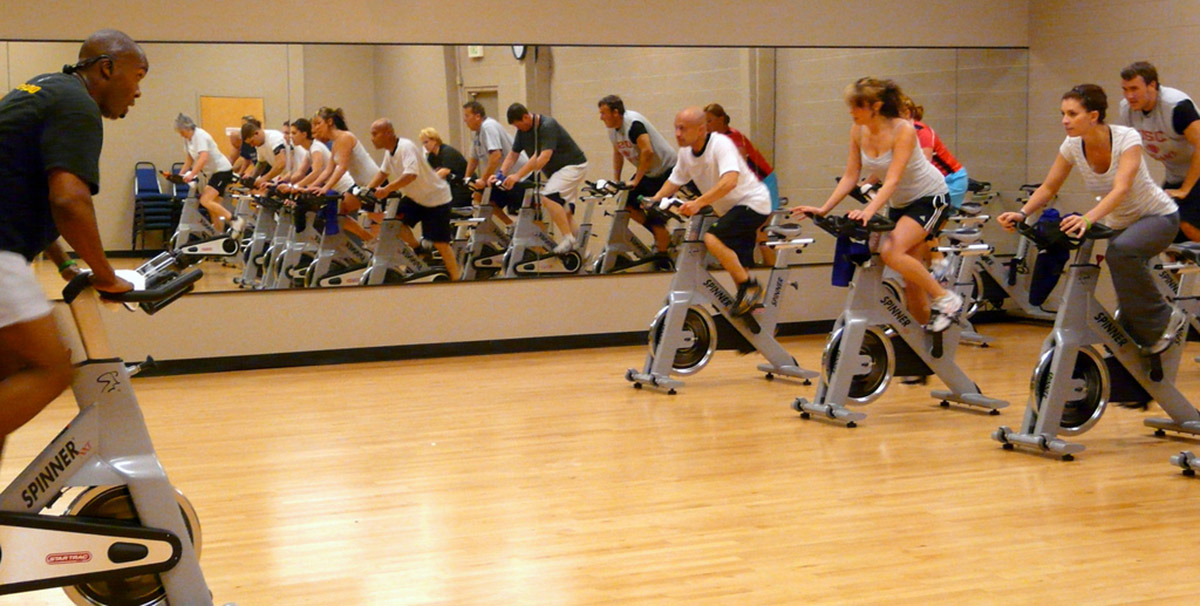Table of Contents
What role does exercise play?
As noted above one of the major risk factors for CHD is lack of exercise. Exercise needs to be completed every day and does not need to be taxing, simply walking for 20 minutes every day greatly decreases your risk of developing CHD. Inactivity is more prevalent in today's society due to an increase in the amount of sedentary jobs with many more office based positions. Firty to sixty years ago this was less of a problem due to most jobs being based outdoors or farm work.

Burning of calories will reduce a persons risk of developing obesity which in itself is a risk factor and also exercise will help to burn the fatty deposits that can be found in the blood to stop them attaching to the artery walls and becoming plaque.
Exercise as a treatment/prevention
It is fast becoming accepted that physicians who note people with risk factors or who are heading towards a future of CHD are turning to the use of exercise as a treatment form instead of medication.
The ACSM guidelines for exercising to prevent CHD are as follows:
- Make sure to obtain approval before exercising independently.
- Always perform a warm-up and cool-down such as walking slowly for five to seven minutes before and after you exercise.
- Never exercise to the point of chest pain and if you experience any chest pain during exercise, call 911 immediately.
- Exercise with a friend and/or always carry a cell phone to ensure medical treatment can be activated as quickly as possible
- Exercise should be stopped immediately if dizziness, nausea, unusual shortness of breath or irregular heart beats occur during or immediately after exercise.
- Do not exercise outdoors when it is too cold, hot, or humid, as this weather may increase the likelihood of problems mentioned above.
See Also: Chelation Therapy for Heart Disease
Aerobic exercise is particularly beneficial for those with CHD. Activities like brisk walking, stationary cycling, or swimming are advised. Ideally, these should be carried out for 20-30 minutes daily or at least 3-4 times a week. It's crucial to start slowly, especially if one hasn't been active for a while, and gradually increase the duration and intensity over time.
Strength training, while valuable, should be approached with caution. Light to moderate resistance, with a focus on major muscle groups, is recommended 2-3 times a week. However, individuals should avoid holding their breath and straining, as this can increase blood pressure.
Stretching exercises can enhance flexibility and reduce muscle tension. Incorporating these post-aerobic workouts can also aid relaxation.
It's imperative for those with CHD to monitor their symptoms. Any onset of chest pain, extreme breathlessness, or dizziness during exercise should be taken seriously, and the activity should be stopped immediately. Warm-ups and cool-downs are non-negotiable, as sudden changes in activity can strain the heart.
Coronary heart disease does not mean you have to give up on life and not take part in your family's adventures. It simply means you need to adjust your lifestyle. Quitting smoking or excessive drinking is a great first step to lowering your risk of further complications, as is taking up an exercise routine. It is best to hire a personal trainer who has expertise in training suffers of heart disease to make sure you are exercising correctly. changing your diet to healthy low fat foods will also help to lower your risk of developing more problems in later life.
- Photo courtesy of wgroesel by FreeImages : www.freeimages.com/photo/778761
- Photo courtesy of Deane Thomas Rimerman by Flickr : www.flickr.com/photos/deanetr/5311134561
- www.acsm.org.uk
- www.theheartfoundation.org

